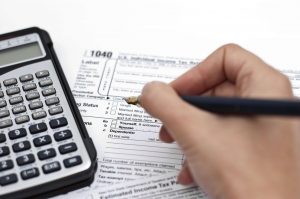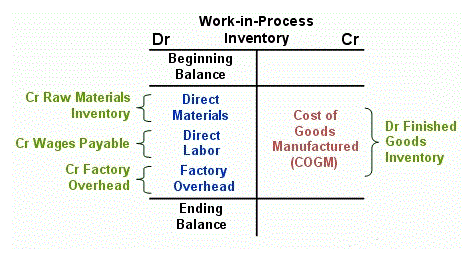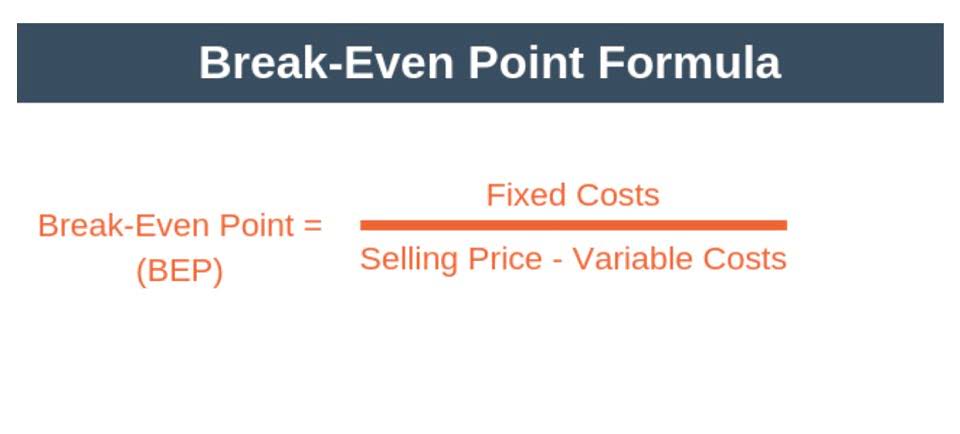
FitBuilders estimates that the residual or salvage value at the end of the fixed asset’s life is $1,250. Since we already have an ending book value, let’s squeeze in the 2026 depreciation expense by deducting $1,250 from $1,620. The current year depreciation is the portion of a fixed asset’s cost that we deduct against current year profit and loss. The accounting concept behind depreciation is that an asset produces revenue over an estimated number of years; therefore, the cost of the asset should be deducted over those same estimated years.

Step two
- One such method is the Double Declining Balance Method, an accelerated depreciation technique that allows for a more significant portion of an asset’s cost to be expensed in the earlier years of its life.
- Each method has its advantages, suited to different types of assets and financial strategies.
- The double-declining balance depreciation (DDB) method, also known as the reducing balance method, is one of two common methods a business uses to account for the expense of a long-lived asset.
- The DDB method involves multiplying the book value at the beginning of each fiscal year by a fixed depreciation rate, which is often double the straight-line rate.
- Depreciation rates used in the declining balance method could be 150%, 200% (double), or 250% of the straight-line rate.
- At its accelerated rate, it has a rate of depreciation double that of the standard declining method.
Recovery period, or the useful life of the asset, is the period over which you’re depreciating it, in years. Our team is ready to learn about your business and guide you to the right solution. Therefore, it is more suited to depreciating assets with a higher accounting degree of wear and tear, usage, or loss of value earlier in their lives.

Web Developer vs. Software Developer Salary: Whose Salary Is Higher?
The expected useful life is another area where a change would impact depreciation, the bottom line, and the balance sheet. Suppose that the company is using the straight-line schedule originally described. After three years, the company changes the expected useful life to a total of 15 years but keeps the salvage value the same. With a book value of $73,000 at this point (one does not go back and «correct» double declining balance method the depreciation applied so far when changing assumptions), there is $63,000 left to depreciate. This will be done over the next 12 years (15-year lifetime minus three years already). Sometimes, these are combined into a single line such as «PP&E net of depreciation.»
- The above example uses the straight-line method of depreciation and not an accelerated depreciation method, which records a larger depreciation expense during the earlier years and a smaller expense in later years.
- This is where the double declining balance (DDB) method comes into play.
- By the end of this guide, you’ll be equipped to make informed decisions about asset depreciation for your business.
- Double Declining Balance (DDB) depreciation is a method of accelerated depreciation that allows for greater depreciation expenses in the initial years of an asset’s life.
You’ll have to do more math, or get an accountant’s help

As a prolific writer, she leverages her expertise in leadership and innovation to empower young professionals. With a proven track record of successful ventures under her belt, Erica’s insights provide invaluable guidance to aspiring business leaders seeking to make their mark in today’s competitive landscape. Assume that you’ve purchased a $100,000 asset that will be worth $10,000 at the end of its https://www.bookstime.com/ useful life. This can make profits seem abnormally low, but this isn’t necessarily an issue if the business continues to buy and depreciate new assets on a continual basis over the long term.

Would you prefer to work with a financial professional remotely or in-person?
These financial relationships support our content but do not dictate our recommendations. Our editorial team independently evaluates products based on thousands of hours of research. Increase your desired income on your desired schedule by using Taxfyle’s platform to pick up tax filing, consultation, and bookkeeping jobs. In year 5, companies often switch to straight-line depreciation and debit Depreciation Expense and credit Accumulated Depreciation for $6,827 ($40,960/6 years) in each of the six remaining years. At the beginning of the second year, the fixture’s book value will be $80,000, which is the cost of $100,000 minus the accumulated depreciation of $20,000.

Get Funded Faster!
- But as time goes by, the fixed asset may experience problems due to wear and tear, which would result in repairs and maintenance costs.
- With Taxfyle, your firm can access licensed CPAs and EAs who can prepare and review tax returns for your clients.
- Instead, the cost is placed as an asset onto the balance sheet and that value is steadily reduced over the useful life of the asset.
- Because the book value declines as the asset ages and the rate stays constant, the depreciation charge falls each year.
- That means you get the biggest tax write-offs in the years right after you’ve purchased vehicles, equipment, tools, real estate, or anything else your business needs to run.
DDB is preferable for assets that lose their value quickly, while the straight-line method is more suited for assets with a steady rate of depreciation. Depreciation is a crucial concept in business accounting, representing the gradual loss of value in an asset over time. Among the various methods of calculating depreciation, the Double Declining Balance (DDB) method stands out for its unique approach. This article is a must-read for anyone looking to understand and effectively apply the DDB method. Whether you’re a business owner, an accounting student, or a financial professional, you’ll find valuable insights and practical tips for mastering this method.
- This is unlike the straight-line depreciation method, which spreads the cost evenly over the life of an asset.
- Let’s assume that a retailer purchases fixtures on January 1 at a cost of $100,000.
- FitBuilders estimates that the residual or salvage value at the end of the fixed asset’s life is $1,250.
- And if it’s your first time filing with this method, you may want to talk to an accountant to make sure you don’t make any costly mistakes.
- Using this new, longer time frame, depreciation will now be $5,250 per year, instead of the original $9,000.
- However, computing the double declining depreciation is very systematic.
- The two methods are the double declining method, and the straight line depreciation method.
Using the 200% Double Declining Balance Depreciation Method
For example, if an asset has a salvage value of $8000 and is valued in the books at $10,000 at the start of its last accounting year. In the final year, the asset will be further depreciated by $2000, ignoring the rate of depreciation. An exception to this rule is when an asset is disposed before its final year of its useful life, i.e. in one of its middle years. In that case, we will charge depreciation only for the time the asset was still in use (partial year). Like in the first year calculation, we will use a time factor for the number of months the asset was in use but multiply it by its carrying value at the start of the period instead of its cost. After the first year, we apply the depreciation rate to the carrying value (cost minus accumulated depreciation) of the asset at the start of the period.
